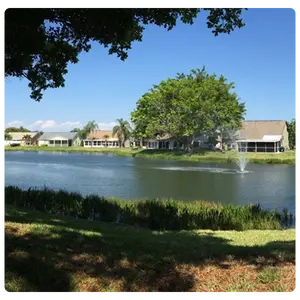
A picturesque lake or pond can be a source of tranquility and natural beauty, but when it starts turning green, it can be a cause for concern. That vibrant green hue is often the result of excessive algae growth, which not only affects the aesthetic appeal but can also harm aquatic life and water quality. Fortunately, with the expertise of Crosscreek Environmental Inc., a leading name in lake management and environmental restoration, you can learn why your lake or pond is turning green and discover effective solutions to restore its health and vitality.
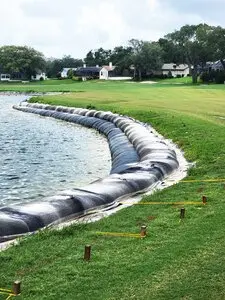
Water erosion can cause significant damage to landscapes, leading to soil loss, gullies, and sediment runoff. Fortunately, there are practical and effective methods available to control water erosion. In this blog, we will explore five key strategies that can help mitigate water erosion and protect your land.
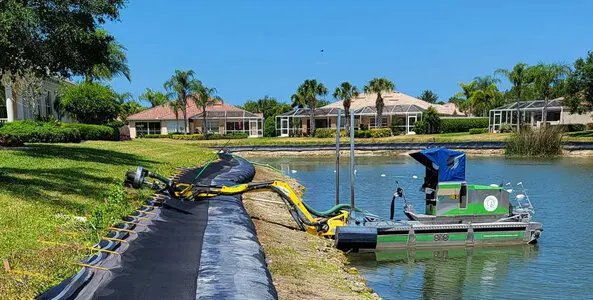
Are you longing for a vibrant and resilient shoreline that enhances the beauty of your lake or pond? Look no further! At Crosscreek Environmental, we bring you BEST, the revolutionary solution for shoreline restoration. In this blog post, we will explore the importance of revitalizing your shoreline using BEST and why the time to take action is now.
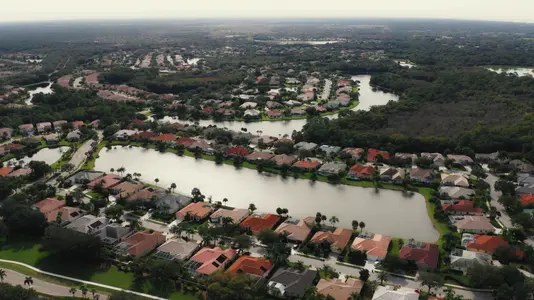
Florida's picturesque lakes are not only a source of natural beauty but also play a crucial role in the state's ecosystem and community. Proper lake management is essential to ensure the health, sustainability, and enjoyment of these valuable water resources. In this blog post, we will explore the importance of lake management in Florida and the benefits it brings to both the environment and the people.
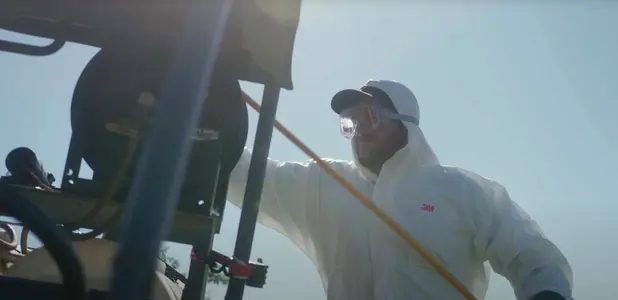
At Crosscreek Environmental Inc, we take pride in our team of dedicated Aquatic Specialists who work tirelessly to ensure the health and beauty of our lakes. They are the unsung heroes behind the scenes, employing their expertise and passion for nature to preserve the delicate ecosystems that thrive in our aquatic environments. In this blog post, we want to shine a spotlight on these extraordinary individuals who play a vital role in our lake management services.
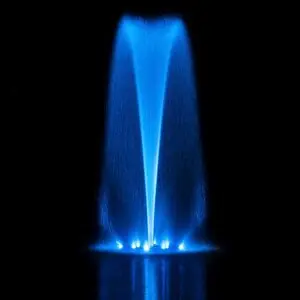
A healthy pond provides a great backdrop to your landscape as well as a welcoming spot for wildlife. Keep your pond looking great by working with one of the specialized pond and lake management companies in Florida. The key to a functional pond is oxygen. Without adequate oxygen, algae growth can take over, making the pond an eyesore and discouraging wildlife from seeking shelter. Implementing some form of aeration into your pond management keeps the pond oxygenated and looking its best.
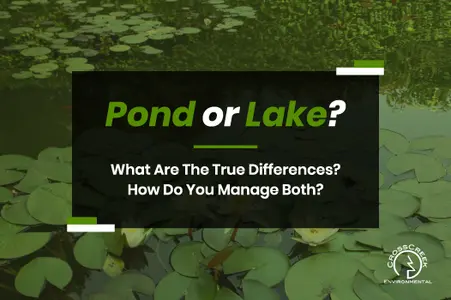
One of the most basic questions that any pond and lake management companies in Florida may have to answer for the public concerns the difference between those two waterbodies. This article has been written to give laypersons succinct definitions for each, especially when most people think lakes are for community leisure and ponds are often isolated to one property.
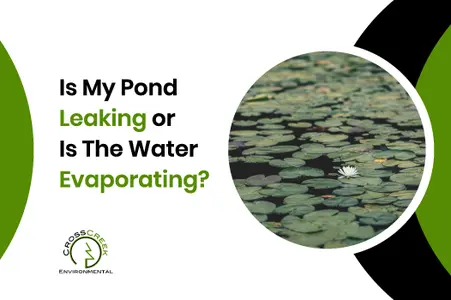
Water levels in a pond will drop naturally due to evaporation. It may be a slow process - ponds on the east coast typically lose about two inches of water every week - but it will happen to your pond no matter where you may live. Since evaporation is a natural process, there is little cause for alarm when it happens to your pond. All you need to do in most cases is keep a close eye on your pond's water levels and refill it as needed.
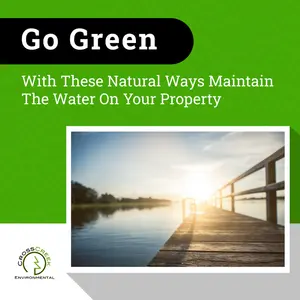
Here in Florida, it can be difficult to maintain your property's water systems. As one of the premier pond and lake management companies in Florida, we hear a lot of clients asking about what they can do to more naturally maintain their water's delicate ecosystem. These waterways can be great habitats and provide resources for fish, birds, wildlife, and livestock. So, of course, keeping them clean - and green - is imperative.


